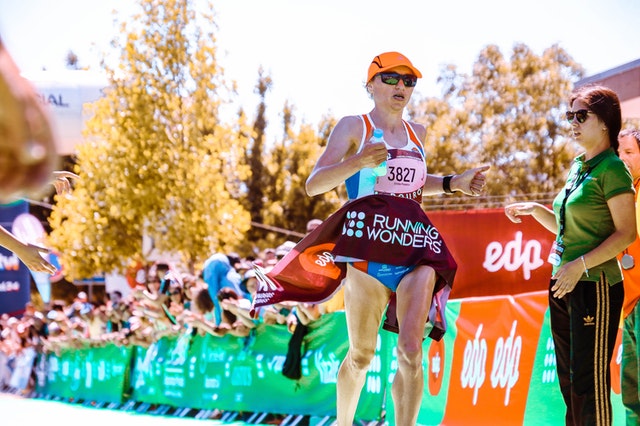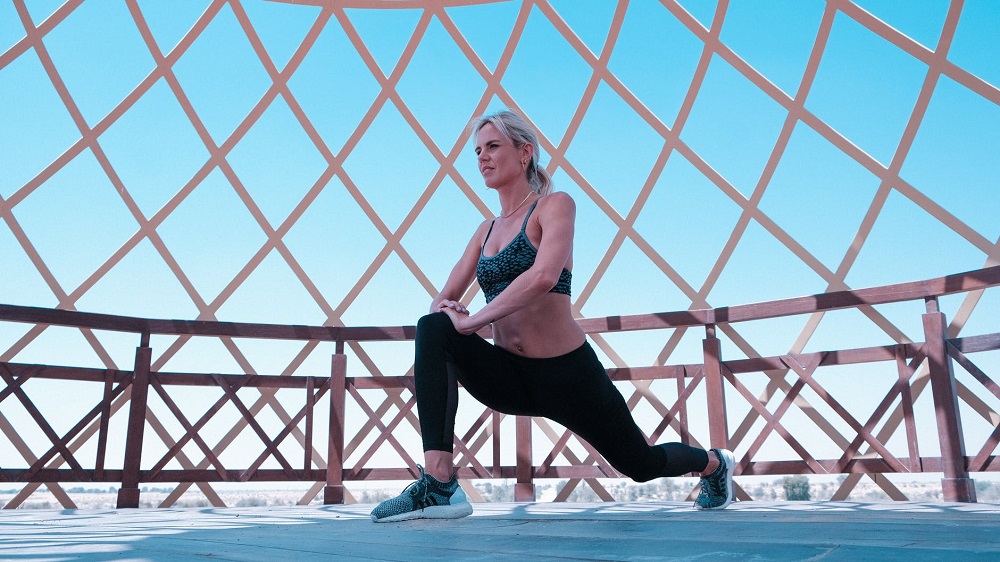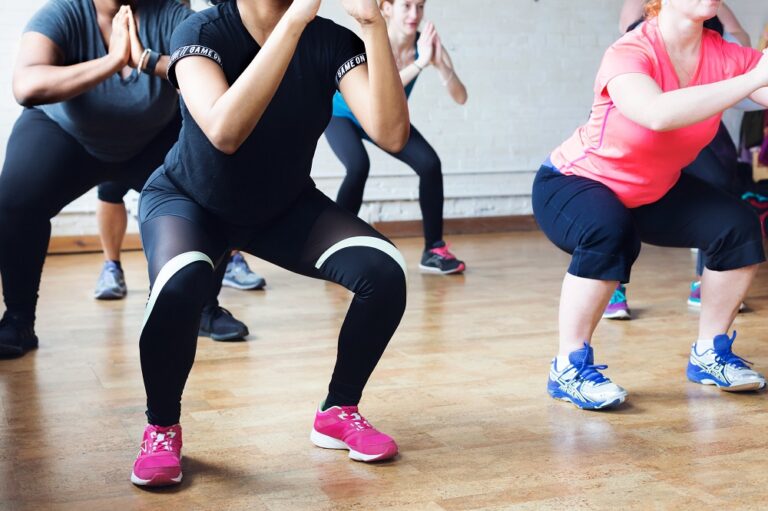Female aspects of training – “No, you’re not a small man!”
In his latest column first published in The Bow Valley Crag & Canyon, Banff Sport Medicine Physician Dr. Andy Reed discusses some important aspects of female physiology that affects their training.
A great paper was published last month in the journal Sports Medicine. It’s an opinion piece, titled “Menstrual Cycle: The Importance of Both the Phases and the Transitions Between Phases on Training and Performance” (click the link to read and download the article for free).
The striking thing to me about this paper is that whilst it highlights the differences between male and female physiology and the potential effects this may have on performance, there really isn’t a lot of published work in this arena. Although this field of research is still in it’s infancy, I think it is fair to say that increasingly coaches and physicians alike are recognizing that the menstrual cycle has significant and real effects on physical performance.
The menstrual cycle and how if affects performance
Let’s unpack some of the issues here, and potentially offer some solutions. I have absolutely no doubt that, if you’re a female athlete reading this, you can make your unique physiology work to your advantage. To offer an example, Paula Radcliffe famously broke the marathon world record in Chicago whilst suffering menstrual cramps, and when she talked about this, it raised a lot of eye-brows in elite coaching circles.
It’s clear that unfortunately, many male coaches still fail to take into account female physiology when devising their training plans and I think this does many women a real disservice. Lately, in the ultra-endurance world, female ultra-runners have been giving the top men a run for their money, and it is not uncommon now for the women to be challenging the men outright for the overall win.

I watched Ailsa MacDonald from Cochrane destroy the men’s field at the Sinister 7 100 miler in Blairmore a few years ago. Courtney Dauwalter from Minnesota won the Moab 240 race outright in 2017, and she is always a contender for the top step on the podium whenever she enters a race. Ann Trason, the most decorated ultra distance runner of all time usually had the top men nervously glancing over their shoulders as they raced to the finish of the Western States 100 and the Leadville 100 trail runs.
Hormone fluctuations
When we think about the nuts and bolts of the issue – it all comes down to hormones – these are your body’s messenger molecules that regulate pretty much everything.
Men typically have small fluctuations in their hormonal profiles, while fluctuations are often much more pronounced in women.
Testosterone, the dominant male sex hormone fluctuates a little throughout the day, but this pales into insignificance when one considers that sex hormone levels in females can fluctuate by as much as 100% in a 24 hour time window. These dramatic fluctuations have a myriad of downstream effects.
This isn’t the right forum to describe the menstrual cycle in huge detail, but suffice to say that, in general, most eumenorrheic (normally menstruating) women have a low hormone phase which occurs just after menstruation, during which time your physiology is more similar to that of your male counterparts, and a high hormone phase which begins after ovulation, during which time your physiology is quite different.
The predominant female sex hormones are estrogen and progesterone. These have numerous effects, signalling to your body when you should eat, sleep, and even grow and repair damaged muscles. Estrogen in particular can inhibit anabolic stimuli, making it harder to grow muscle after weight lifting; estrogen also increases the activity of the enzyme lipoprotein lipase, leading to more overall fat deposition.
This is a primary reason why biological females tend to have naturally higher body fat percentages. Progesterone increases core body temperature and promotes fluid retention, whilst promoting more sodium loss in sweat. This obviously has implications for exercise in hot weather. All of this sounds rather negative, but there are also many advantages, especially for the endurance athlete, and there are various strategies that can offset these negative effects.

Physiological advantages
On the positive side, females have a higher proportion of Type I muscle fibres. These are the fatigue resistant, slow twitch, endurance muscle fibres that are key for longer endurance efforts. Females are also better fat-burners – they have adapted to metabolize more “fat as fuel”, which is, again, a big bonus for endurance performance. It’s also the reason why a ketogenic diet or fasted runs, which seem to be all the rage these days, are generally not advisable for performance-minded women.
There are also days in your cycle when you will just feel on fire, performance-wise. This is born out in some of the research, and it varies from woman to woman, but the trick is to know when these days are likely to occur. I am sure many of the women reading this will have experienced this. These are the days when you’ll see big gains in the gym or on your run. In my experience as a coach, these often occur in the days surrounding ovulation.
Coaches I have listened to report that in team training camp situations, by day three or four the men are often struggling, but in many cases the women are excelling. I suspect the above factors play a big part in this. Female athletes are likely better equipped for back to back to back long training days, especially in that ‘low hormone’ early phase of the menstrual cycle. This early phase is the time when recovery is easier, and the harder efforts will feel easier.
Tips on dealing with the differences

In the second half of your cycle, when hormones are at their highest, research demonstrates that recovery is more prolonged and that muscle repair is diminished. You can help to counteract these effects by trying to get more sleep in this phase, by doing a little less intense training, and by increasing your post workout protein consumption. Additionally, if you have to race or get in a tough workout during this period, additional pre-workout carbohydrate consumption can go a long way towards allowing you to hit those higher intensities.
If you are prone to menstrual cramps or feeling inflamed, anecdotal evidence suggests that dietary interventions such as curcumin or Omega-3 supplements may be helpful. This is likely a better approach than reaching for the Ibuprofen which can have side effects.
There are many additional factors that can impact athletic performance throughout the menstrual cycle, too many to discuss here, and many of these are not well researched, though fortunately that tide seems to be changing. The best advice I can give you is to track things.
There are a variety of apps that can help with this (the FitrWoman app is a good one). Track when you feel good, and when getting out the door feels like a struggle. If you have a coach, talk to them about programming, as there are definitely some considerations that can make a difference.
You are your own n=1 experiment and, as an individual, your unique physiology is likely quite different from the next person’s. Whether you are looking for peak performance, or just to get more out of your daily workouts, I hope this is useful, and if nothing else it may give you a few things to consider. (Note: I stole the title from Stacy Sims’ PhD book – “Roar“- a great resource for lots more on this topic!)
Expert Contributor

Dr. Andy Reed, Banff Sport Medicine Physician and ultramarathon running M.D.!







